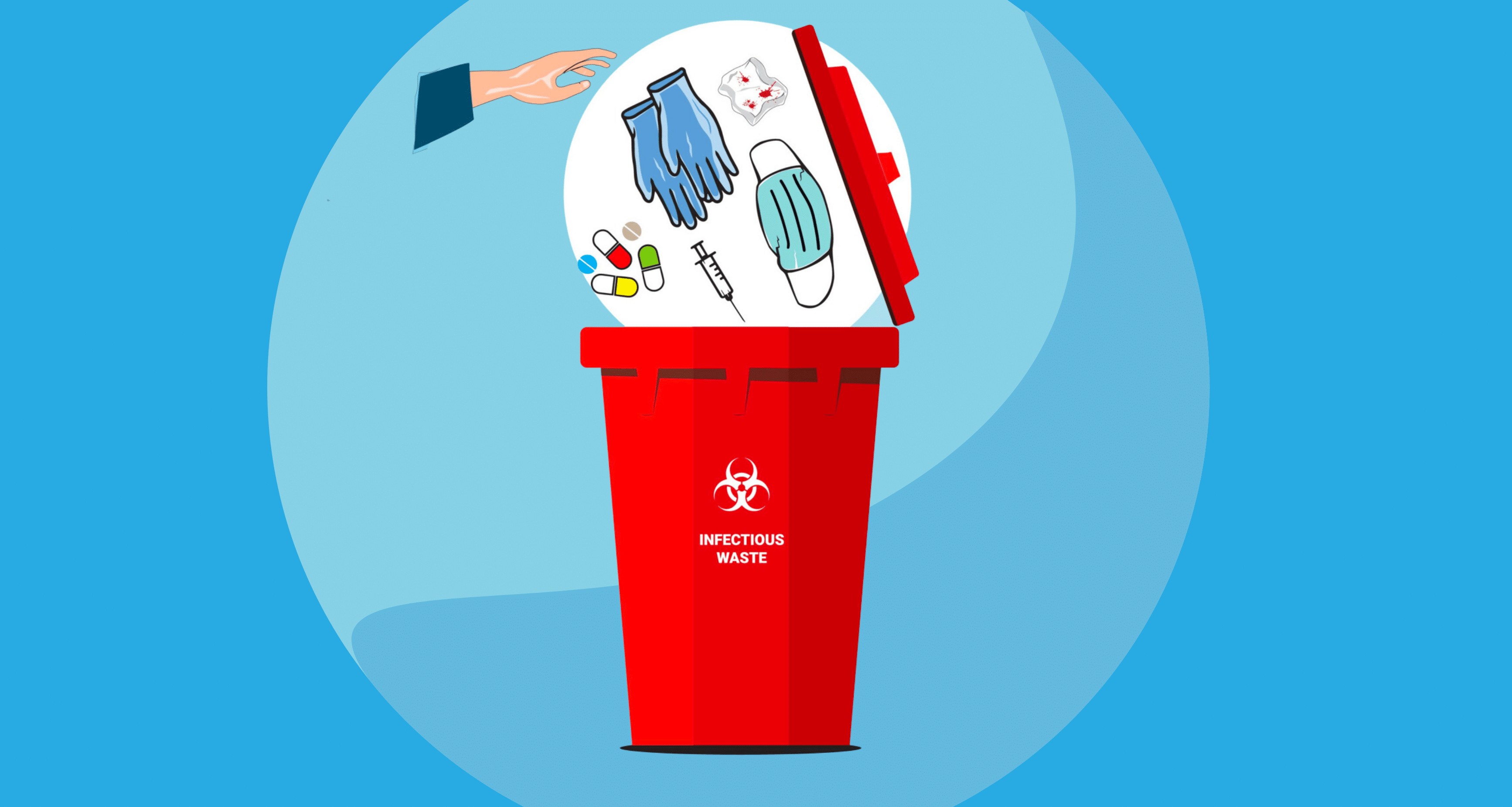
In today’s world, where advancements in medical science are helping to combat various diseases and illnesses, there is a significant increase in the generation of biohazard waste. This type of waste poses serious health risks if not handled properly. This article will delve into the OSHA biohazard waste disposal guidelines, regulations, training requirements, and standards that play a crucial role in protecting workers and the environment.
Understanding OSHA Biohazard Waste Disposal Guidelines
The Occupational Safety and Health Act (OSHA) established stringent guidelines for biohazard waste disposal to ensure safety and compliance.
1. Definition of Biohazard Waste
Biohazard waste refers to any materials or substances containing biological agents that may threaten human health or the environment. This includes items such as blood-soaked bandages, used needles, contaminated cultures, or any other material that can potentially transmit infectious diseases.
2. Proper Segregation and Containment
One of the fundamental aspects of OSHA’s biohazard waste disposal guidelines is proper segregation and containment. It is vital to separate different types of biohazard waste based on their risk levels and dispose of them accordingly. This prevents cross-contamination and minimizes potential hazards during handling and transportation.
3. Use of Appropriate Containers
To manage biohazard waste effectively, OSHA mandates the use of specific containers designed for safe storage and transportation. These containers must be leak-proof, puncture-resistant, labeled with appropriate warning signs, and tightly sealed to prevent accidental exposure.
Ensuring Compliance with OSHA Biohazard Regulations
To ensure your practice adheres to OSHA biohazard regulations, you must put processes in place.
1. Training Requirements
OSHA greatly emphasizes training employees handling biohazardous materials to ensure their safety and those around them. Employers must provide comprehensive training programs covering proper handling techniques, personal protective equipment (PPE) usage, waste segregation, and emergency procedures.
2. Personal Protective Equipment (PPE)
To mitigate the risks associated with biohazard waste, OSHA mandates the use of appropriate personal protective equipment (PPE) for workers involved in its handling and disposal. This includes items such as gloves, masks, gowns, and eye protection. Adhering to these guidelines helps minimize exposure to harmful pathogens or chemicals present in the waste.
3. Disposal Methods
OSHA strictly regulates the methods used for disposing of biohazard waste. Incineration is often recommended due to its ability to destroy infectious agents effectively. However, alternative methods like autoclaving or chemical treatment may also be acceptable if they meet specific OSHA criteria.
OSHA Biohazard Training
1. Initial Training
All employees who handle or come into contact with biohazardous materials must receive comprehensive training before starting their duties. This training ensures that they are aware of potential risks, understand proper handling protocols, and respond appropriately in emergencies.
2. Refresher Training
Regular refresher training sessions are essential to reinforce knowledge and update employees on new regulations or best practices related to biohazard waste disposal. Ongoing education plays a crucial role in maintaining compliance and preventing accidents resulting from negligence or lack of awareness.
OSHA Biohazard Standards
1. Bloodborne Pathogens Standard
Under the bloodborne pathogens standard, employers must develop an exposure control plan that outlines strategies for minimizing employee exposure to bloodborne pathogens. It also requires the provision of necessary training, hepatitis B vaccinations where applicable, and the implementation of engineering controls to prevent accidental contamination.
2. Hazard Communication Standard
The hazard communication standard ensures that all employees working with biohazardous materials understand the potential hazards associated with them. Employers must provide detailed information about the types of hazardous substances present in the workplace and how to handle them safely.
Ensuring Safe Biohazard Disposal
Strict adherence to OSHA biohazard waste disposal guidelines, regulations, training requirements, and standards is paramount to ensure the safety of workers and protect the environment. By following these guidelines diligently, healthcare facilities, laboratories, and other institutions can effectively manage biohazard waste while minimizing risks associated with exposure and contamination. OSHA’s commitment to providing comprehensive guidance in this area underscores the importance of responsible waste disposal practices in safeguarding public health.









